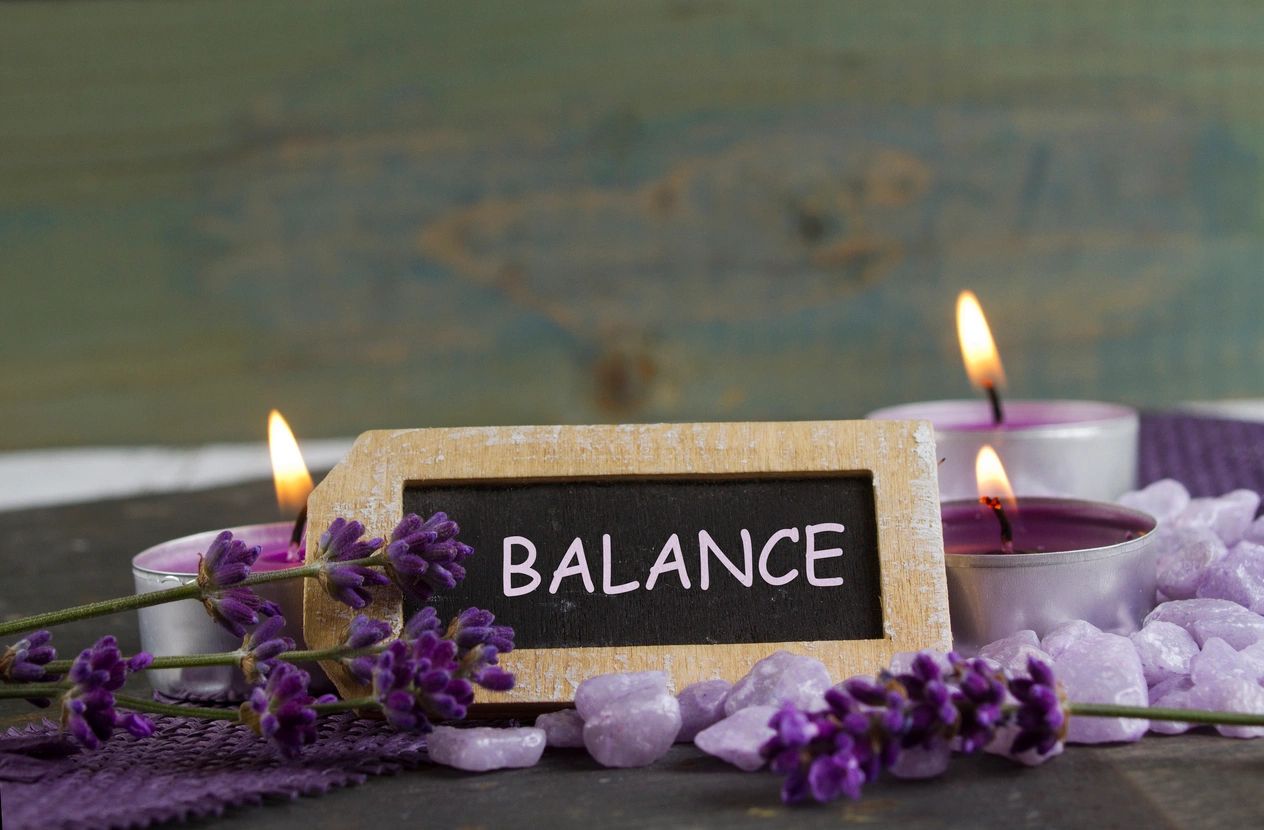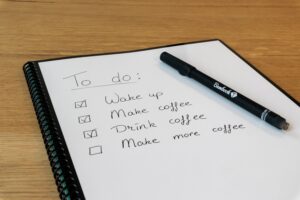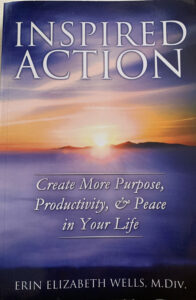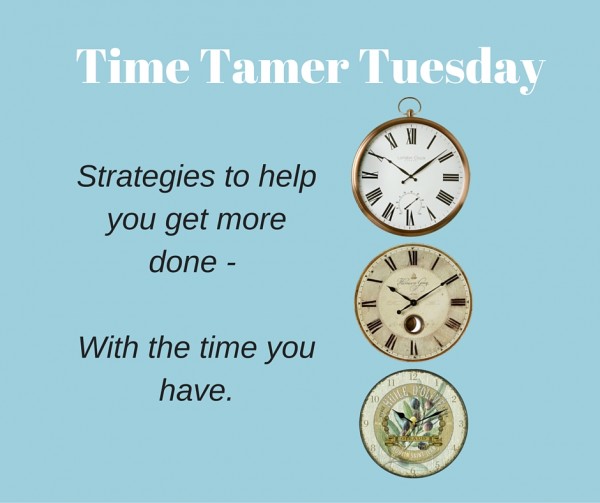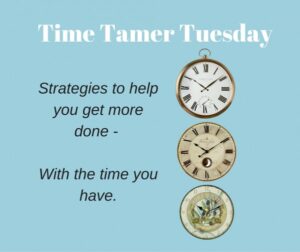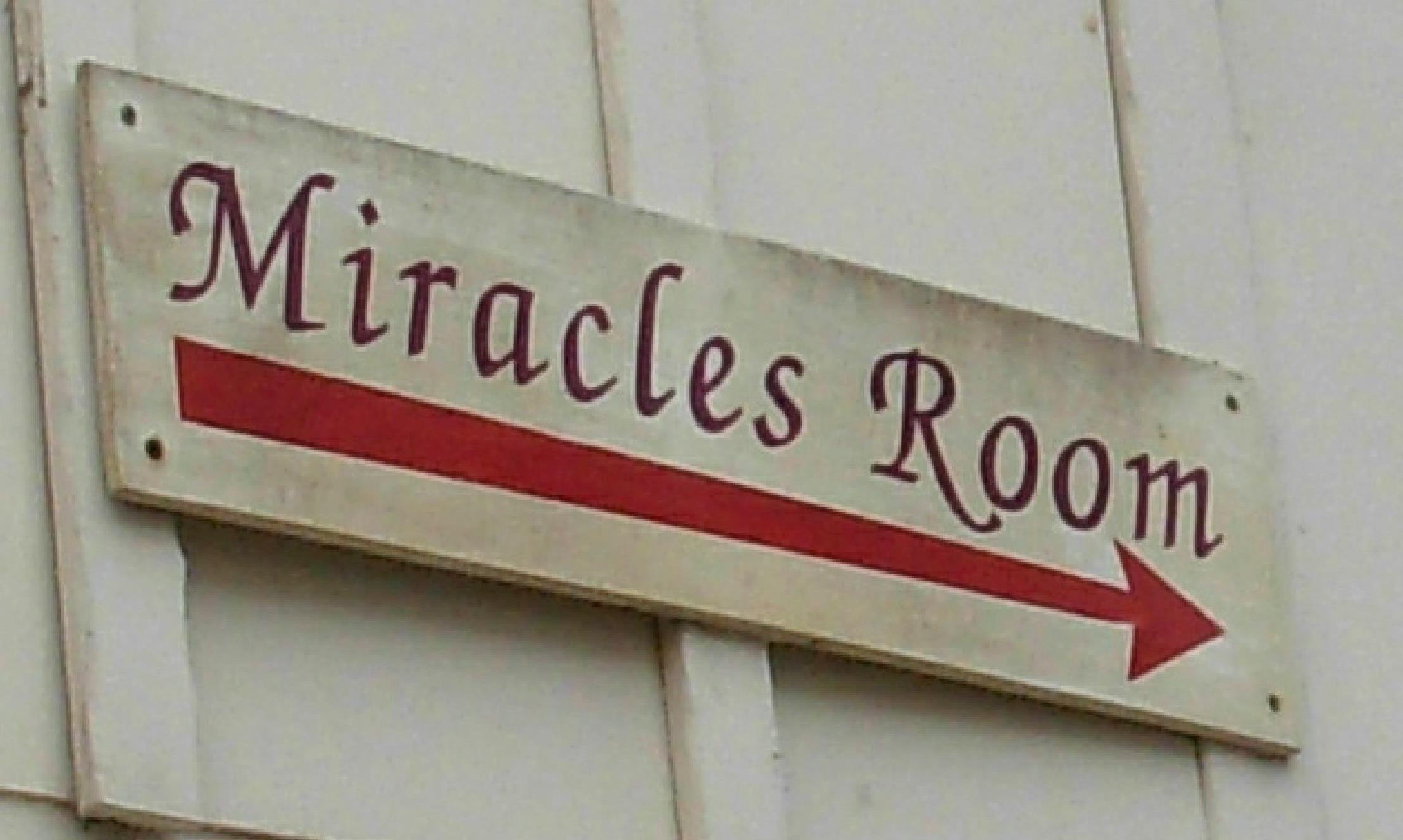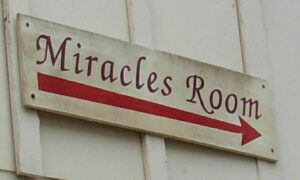 While mindfulness is designed to create awareness in the moment, mindful reflection gives us an opportunity to develop awareness of the past. That awareness give us the chance to look at something from a distance; to examine it from different angles. And just maybe, we can see things from a different perspective.
While mindfulness is designed to create awareness in the moment, mindful reflection gives us an opportunity to develop awareness of the past. That awareness give us the chance to look at something from a distance; to examine it from different angles. And just maybe, we can see things from a different perspective.
Reflection
I was hunting for photos on Unsplash.com and Pixabay.com, my two favourite royalty free photography sites. My goal was to find a photo to illustrate the notion of paradigm for my Instagram account @caldwell_evolution (shameless plug for more followers). The photo of a crystal ball reflection caught by eye. While it was perfect for Instagram post I was working on, it also made me think of reflection.
Mindfulness instruction schools us to be aware, on purpose, in the moment without judgement. What if we could also be aware, on purpose, of the past without judgement? How is it that through mindfulness we allow ourselves to suspend judgement of our thoughts, habit or behaviours as they are happening and not in reflection? What’s wrong with looking back a little farther and seeing what cold be learned?
Mindfulness and Awareness and Reflection
So I wondered if Mindfulness could be applied to gain awareness and insight into things that had already happened. Wouldn’t it be great to suspend judgement for things we realize from the past along with the here and now. And like the crystal ball reflection, could we use the reflection to turn things upside down and see them from a different angle.
Perspective
So much of the productivity coaching I do is supporting clients to see how their perspective may be influencing their ability to move forward on their goals and dreams. A perspective of success, opportunity, positive thinking, excitement and anticipation usually leads to moving forward with the same eagerness. More negative thinking usually leads forward with frustration, failure and limited accomplishment.
Using mindful reflection to look back on a situation, without judgement, help us develop awareness without criticizing ourselves. That lack of judgement makes for a better chance to learn. What if our paradigm needed a shift? Is there a different way to look at the situation? Could turning the picture upside down and give us a different angle? What was there to see?
The Crystal Ball Reflection
Maybe I ought to have titled this post The Crystal Ball reflection. That special reflective dynamic automatically turns things upside down. What looks the same or different? Does something feel the same or different? What would you do more of? What would you do differently? That awareness without judgement is key to creating meaningful change.



 Think your office might be seriously disorganized?
Think your office might be seriously disorganized?
